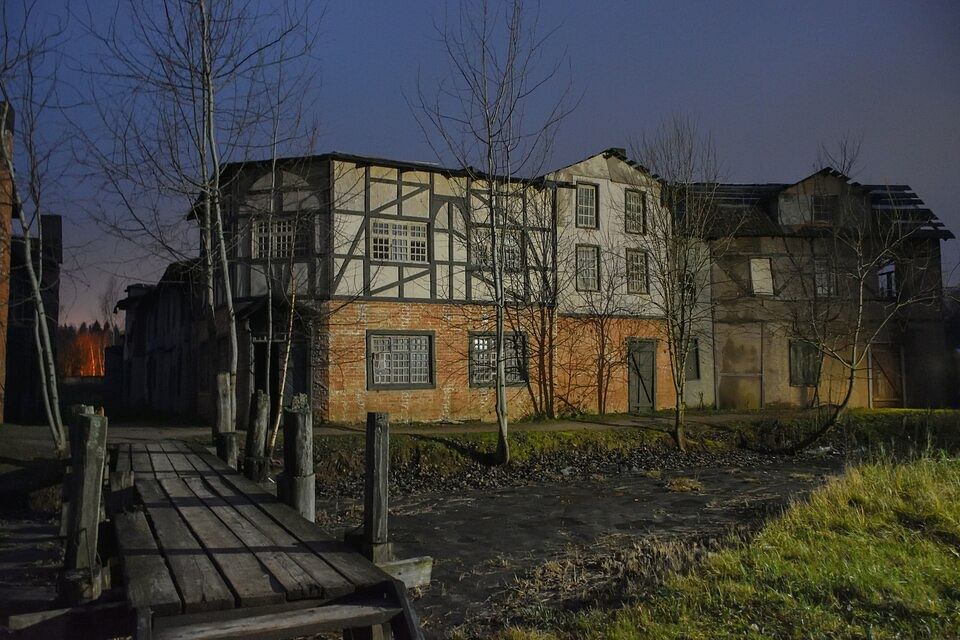London is a vast city that spans 607 square miles (or 1,572 km). Irrespective of its size, the city maintains a reliable public transportation network that connects each of the 32 London boroughs. There are several ways to get about, including the tube overground, river buses, a tram system, and even a cable car. It is expected that first-time visitors to the city could feel a little overwhelmed, but don't worry; reading the blog till the end will help you. Going forward, we're going to explore the different London zones 1 to 9, which will give you an idea of how to navigate your way through!
What are London Zones?
At present, the London zones 1 to 9 are the most well-known. London travel zones are separated for transportation, with Zone 1 being the city centre and Zone 9 being the city's outskirts. Transport for London (TfL) uses the technology to determine a customer's journey distance and charge appropriately. Since most of London's major attractions and the city centre are located in Zone 1, most visitors won't need to venture outside. For those travelling far, it's crucial to consider how many London zones you'll pass through because this will influence the ticket you need. If you plan to travel around London as a student and are wondering what to do, our blog on student life in London can help you with a lot of insights!
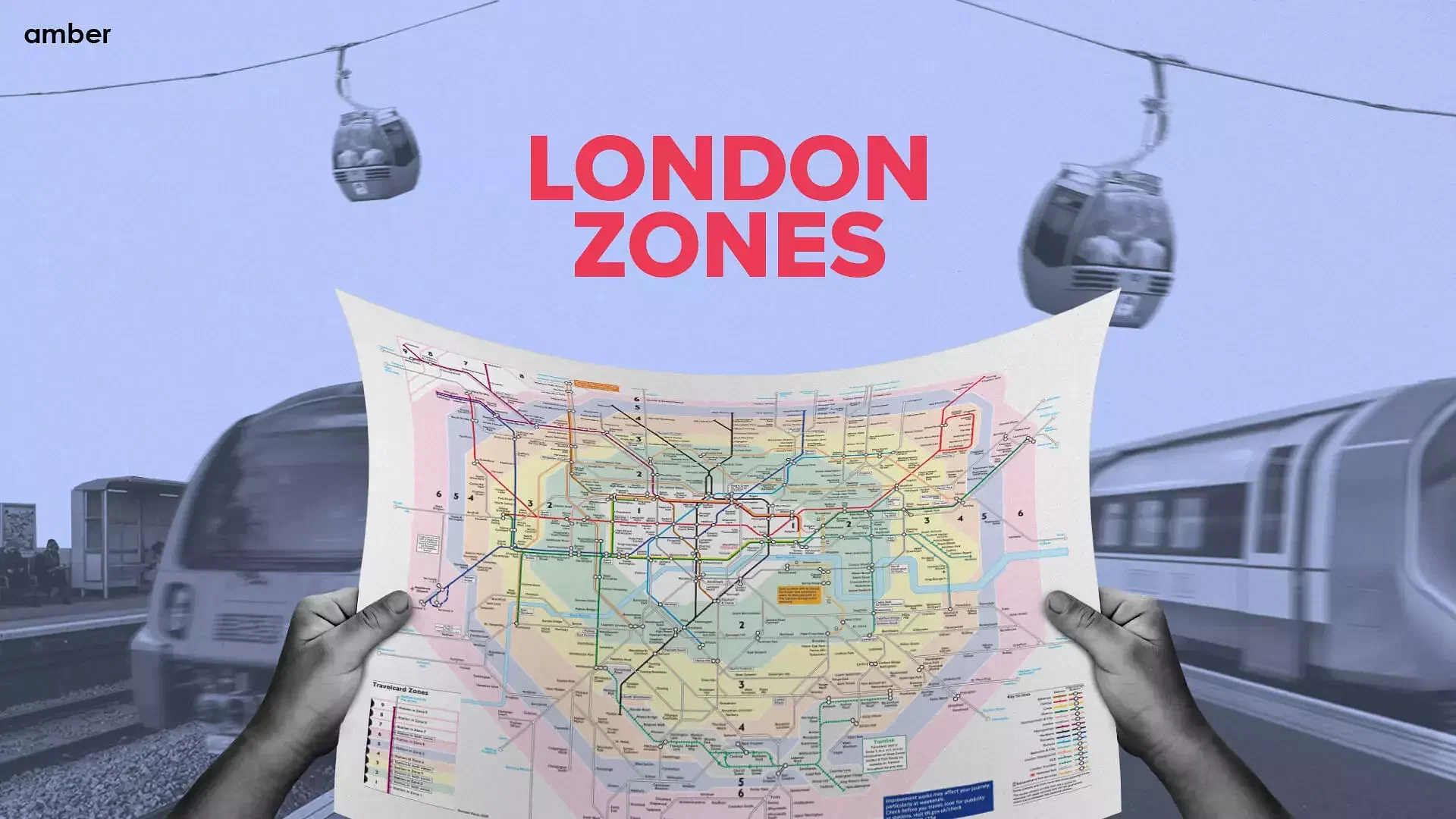
Learn About the 1-9 London Zones
Rail transportation in London is divided into London zones 1 to 9, which are managed by London Transport. Six fare London zones are given to each station on the London Tube zones, London Overground, National Rail, TfL Rail, and Docklands Light Railway. The central core region is covered by Zone 1, while fare zones 2, 3, 4, 5, and 6 are concentric circles around Zone 1. Zones were created to lower pricing so that tickets could be purchased faster. In addition to navigating within the city, it's important to consider transportation options for journeys beyond the city limits, such as London airport transfers. Various platforms are providing reliable and convenient transfer services, ensuring a smooth transition to or from major airports like London’s Heathrow, Gatwick, Stansted, Luton, and City Airport. Here’s a breakdown of the London zones 1 to 9 and their locations for better understanding:
Zone 1: London City Centre
The heartbeat of the city, London Zone 1 encompasses iconic landmarks like Big Ben and the Tower of London, offering a blend of historical richness and modern vibrancy.
Zone 2: Notting Hill, Camden Town, London Zoo
Zone 2 is a cultural hub with the trendy streets of Notting Hill, the alternative charm of Camden Town, and the zoological wonders of London Zoo, along with two prominent football stadiums for sports enthusiasts.
Zone 3: Kew Gardens, Wimbledon, and London City Airport
Embracing natural beauty, Zone 3 features the lush landscapes of Kew Gardens, the renowned Wimbledon tennis championships, and the convenience of London City Airport for quick getaways.
Zone 4: Wembley, RAF museum, Richmond Park
Zone 4 boasts the iconic Wembley Stadium, the fascinating RAF museum, and the tranquil expanses of Richmond Park, making it a diverse blend of sports, history, and nature.
Zone 5: Twickenham, England Rugby Union
A haven for rugby enthusiasts, Zone 5 is home to Twickenham Stadium, the world's largest dedicated rugby union venue, and the heart of England Rugby.
Zone 6: End of the line for Central, District, Thameslink, Heathrow Express, Elizabeth, Metropolitan, Overground and Piccadilly
As the gateway to various transport networks, Zone 6 marks the termination point for multiple train lines, providing essential connectivity and convenience.
Discovering the London Zone 7, 8, and 9
London Zones 7, 8, and 9 cover areas beyond the core London zones and into surrounding counties like Buckinghamshire, Essex, and Hertfordshire. These zones include stations served by TfL services and some Southeastern and Greater Anglia services outside of Greater London. Unlike Zones 1 to 6, Zones 7, 8, and 9 do not form complete rings around the city. Instead, they are focused on more peripheral areas where London’s transport system reaches into nearby regions. These outer zones are important for commuters who travel long distances into the city. Additionally, travellers may find it helpful to know transport options beyond these zones, including reliable airport transfer services to London’s major airports like Heathrow, Gatwick, Stansted, Luton, and City Airport. Understanding these zones will assist in planning journeys that extend beyond London’s core:
Zone 7: Zones A - Croxley, Rickmansworth and Watford and B - Chorleywood
Zone 7 encompasses charming towns like Croxley, Rickmansworth, and Watford in Zone A, and the picturesque surroundings of Chorleywood in Zone B, offering a mix of suburban tranquillity and urban accessibility.
Zone 8: Zone C - Chalfont & Latimer
Zone 8 features the serene locales of Chalfont & Latimer, providing a peaceful escape from the bustling city life.
Zone 9: Zone D - Amersham and Chesham
The outermost reaches of London, Zone 9's Amersham and Chesham, offer a more rural atmosphere, showcasing historic charm and scenic beauty.
How Do the London Travel Zones Work?
London Travel Zones help decide how much you pay for public transport in London. They cover the Tube, Overground, DLR, National Rail, and buses. The city is split into nine zones, starting with London Zone 1 in the centre, which includes Central London and its famous sights. The zones then expand outward to Zone 9 London, reaching the outskirts and nearby areas. How much you pay depends on how many zones you travel through. The more zones you travel through, the higher the fare. Transport for London (TfL) provides maps to help you plan your trips and understand the fare system. Here are the main travel zones in London, from 1 to 9:
Zone 1: Central London – The city centre has major landmarks and attractions.
Zone 2: Inner Suburbs – Surrounds the centre, with a mix of homes and businesses.
Zone 3: Outer Suburbs – Further out with residential areas and green spaces.
Zone 4: Extended Suburbs – Mainly residential with some commercial areas and parks.
Zone 5: Outer Residential – Quiet suburban neighbourhoods with parks and amenities.
Zone 6: Outermost London – Mostly residential areas on the city's edge, offering a quieter lifestyle.
Zone 7: Hertfordshire Stations – Includes towns like Watford, Croxley, and Chorleywood, offering suburban tranquillity and accessibility.
Zone 8: Chalfont & Latimer – A peaceful area with open spaces, providing a serene escape from the bustling city.
Zone 9: Amersham and Chesham – The outermost zone, featuring rural charm, scenic beauty, and a historic atmosphere.
How London Travel Zones Affect Travel Costs?
London Travel Zones significantly affect travel costs, as the fare structure for public transportation is based on the number of zones crossed. For example, during peak hours, a single adult fare on the Tube using an Oyster card or contactless payment costs £2.80 for a journey within Zone 1 London but increases to £3.70 if travelling from London Zone 1 - 3. A journey spanning London zones 1 - 6 costs £5.60. Similarly, daily caps and travel cards are priced according to the zones covered, with a daily cap of £8.50 for Zones 1-2 and £15.60 for Zones 1-6. By understanding the zone system, travellers can better plan their trips and manage transportation expenses.
Modes of Transport Within the London Zones
London is a massive city with various modes of transport, wherein everyone can travel on a budget and in comfort. The city provides London transport through buses, underground tubes, DLR, also known as Dockland Light Railways, Cable cars provided by Emirates, river buses, overground trains, and the most efficient bicycles. With these many options, you can comfortably and conveniently travel within the zones in London, and also explore the city, and visit the top restaurants in London.
.webp)
1. The Underground
First ride: 5 am
Last ride: 12 am
The London Underground Zones or London Tube Zones 1 to 9 is the oldest underground rail network and one of the best London travel zones in the world. Locals call it the "Tube" because parts of the network's tunnels resemble round tubes running through the ground. Underground stations are marked with a red and blue roundel around the city. Take a look at our web story on public transportation in London if you're a visual learner!
2. The Overground
First ride: 5:30 am
Last ride: 12:30 am
The overground, which should not be confused with the "Tube," runs above street level and connects the city centre to the larger metropolitan area using zones in London. To improve connectivity between the zones in London, it was introduced in 2007. North and West London railways had experienced serious degradation over the years. To build a complete orbital network to serve the Capital, London Overground sought to merge these older networks into new lines in east and south London, and now is one of the best London travel zones.
3. Docklands Light Railway
First ride: 5:30 am
Last ride: 12:30 am
Unlike the rest of London's transport system, the DLR is one of the completely driverless London zones. The DLR connects with London's cable car, the Emirates Air Line, and serves the docklands neighbourhood of London zones, located directly east and southeast of Central London. Use the Light Rail to scout out the best living areas. Talking about scouring, our blog on the 10 best neighbourhoods in London does just that.
4. London Buses
First ride: 5 am
Last ride: 12 am
In addition to being a great way to view the city, buses in London travel zones have one key advantage over all other forms of London transport: they are not constrained by the "zone" system. Why does this matter? There is a set rate of £1.65 for each trip, regardless of how far or where you are going. Additionally, they benefit from the hopper fare, which allows unlimited bus rides within an hour for a fixed fee of £1.75.
5. National Railways
First ride: 5:30 am
Last ride: 12:30 am
National Rail services in London are a vital link between the city centre and its surrounding areas, operating within the same zonal fare system as the Tube, Overground, and DLR. If you're travelling across multiple London zones, especially to and from suburban areas, National Rail fares work similarly to the Tube. Fares for National Rail journeys within London start from around £2.80 with a London oyster card zone and increase as you travel through more zones.
6. River Bus
First ride: 6 am
Last ride: 11 pm
The River Bus is a part of London’s public transport network, offering a convenient and scenic commute along the Thames. Serving 23 piers between Putney and Woolwich Arsenal, it covers key landmarks like Westminster, Canary Wharf, and Greenwich. Integrated within the fare zones London, it provides a unique way to travel. Fares start at £4.80 for a single journey, with discounts for Oyster card users. The London fare zone map highlights piers across the London transit zones, making navigation simple for tourists and commuters alike.
What are the London zone fares?
While travelling in London, the fare you will pay depends on the zone you are travelling in. The fare is calculated according to the London zones you pass by while reaching your destination, considers your mode of transport, and covers underground buses and trains. There are also several ways to pay for your travel between London Zones 1 to 9. Keep reading to know all about the different ways you can pay!
How to Pay for London Transport in London Zones?
Even though London's transport system is among the best in the world, a newcomer to the city could find it a little challenging to navigate. Oyster card, debit or credit card, and Apple or Contactless Pay. It is extremely important to keep in mind that every person requires their own means of payment; otherwise, you can be charged more than you are in general.
1. Travelcards
To travel efficiently in London, you'll need to purchase a Travelcard that covers the zones between where you're staying and your destination. For example, if you're staying in Shepherd’s Bush, which is in Zone 2, and your main destination is central London (zone 1), a zone 1-2 Travelcard will cover your journeys. Similarly, if you're staying in Wimbledon (zone 3) and need to travel to or from central London, you'll need a zone 1-3 Travelcard. This ensures you're covered for all your trips within those areas.
2. Apple Pay
Apple Pay is one of the most preferred options to pay for public London transport in London zones 1 to 9. Except for using your phone, this payment option is much the same as the contactless. You can tap the yellow card reader with your phone just like you would for a physical card if you have your credit or debit card set up in your Apple Pay or Google Pay wallet.
3. Oyster Cards (Pay-as-you-go)
These convenient tiny cards make navigating the city easy when it comes to figuring out how to pay for public transport in London zones 1 - 6 or London zones 1 to 9. You can purchase them at the airport, several train stations, and many convenience stores in the city. You can top up your oyster card as many times as necessary, and they cost five pounds each. The London oyster card price is around £7, which is the price of purchasing the card.
If you use a Pay as You Go Oyster card, top it up with enough cash to pay for a single ride across the zones you travel through. Or you can add enough cash to cover the cost of the "daily cap" if you want unrestricted travel for the day. The cost of a Zone 1–5 weekly Travelcard is £65.70 if you stay in Zone 5. A weekly Travelcard for Zones 2–5 costs £38.20, saving you £27.50 each week. To find out more information about oyster cards, head to our blog on the ultimate guide to oyster cards.
4. Contactless Payment (Including Foreign Cards)
Contactless payment is available for those with a credit or debit card that accepts contactless payments. Check for the "contactless" icon on the card's front or inquire with your bank or card provider if you're unclear if your card has it. If you do have it, this is undoubtedly the simplest and most practical method for paying for London transport zones. The fare is automatically generated based on the distance you have travelled if you tap your debit/credit card on the yellow card reader at the ticket booth. To make sure that you are paying the correct fare and you are not overcharged, you should always tap it at the beginning and end of your tube ride. You simply need to tap in once on buses to begin your trip, making travelling in London zones easy for you.
You are all set to venture around London through the London zones 1-9! We hope our London zones guide will help you navigate the city easily and comfortably as a new traveller in the country. Remember to follow all the laws of the country, and don't forget to tap in and tap out to avoid any penalties on your travel cards. If you're a student planning to study in the UK, finding suitable accommodation might be a concern. Explore the amazing student accommodation options in the UK and start your journey today!
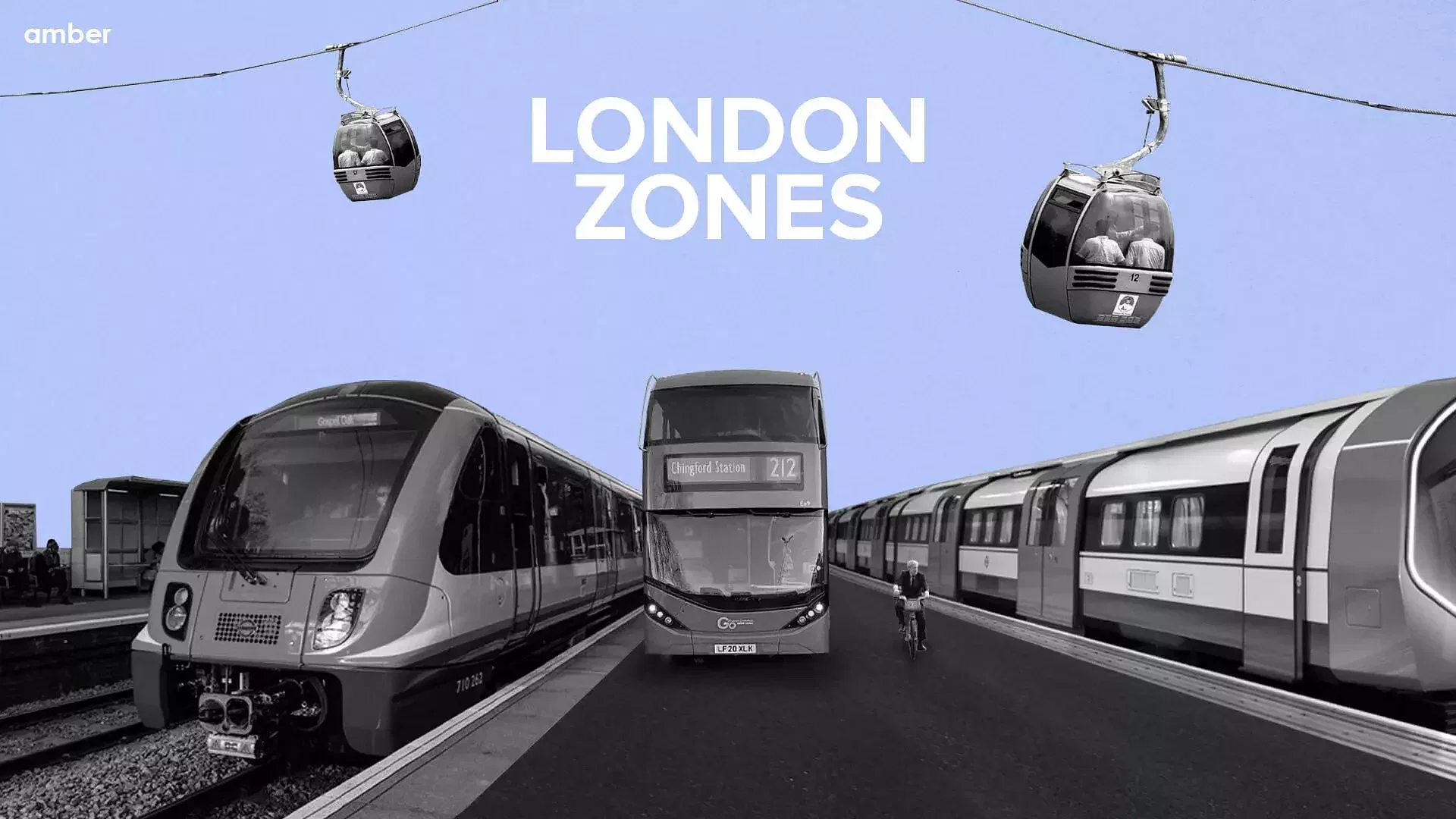



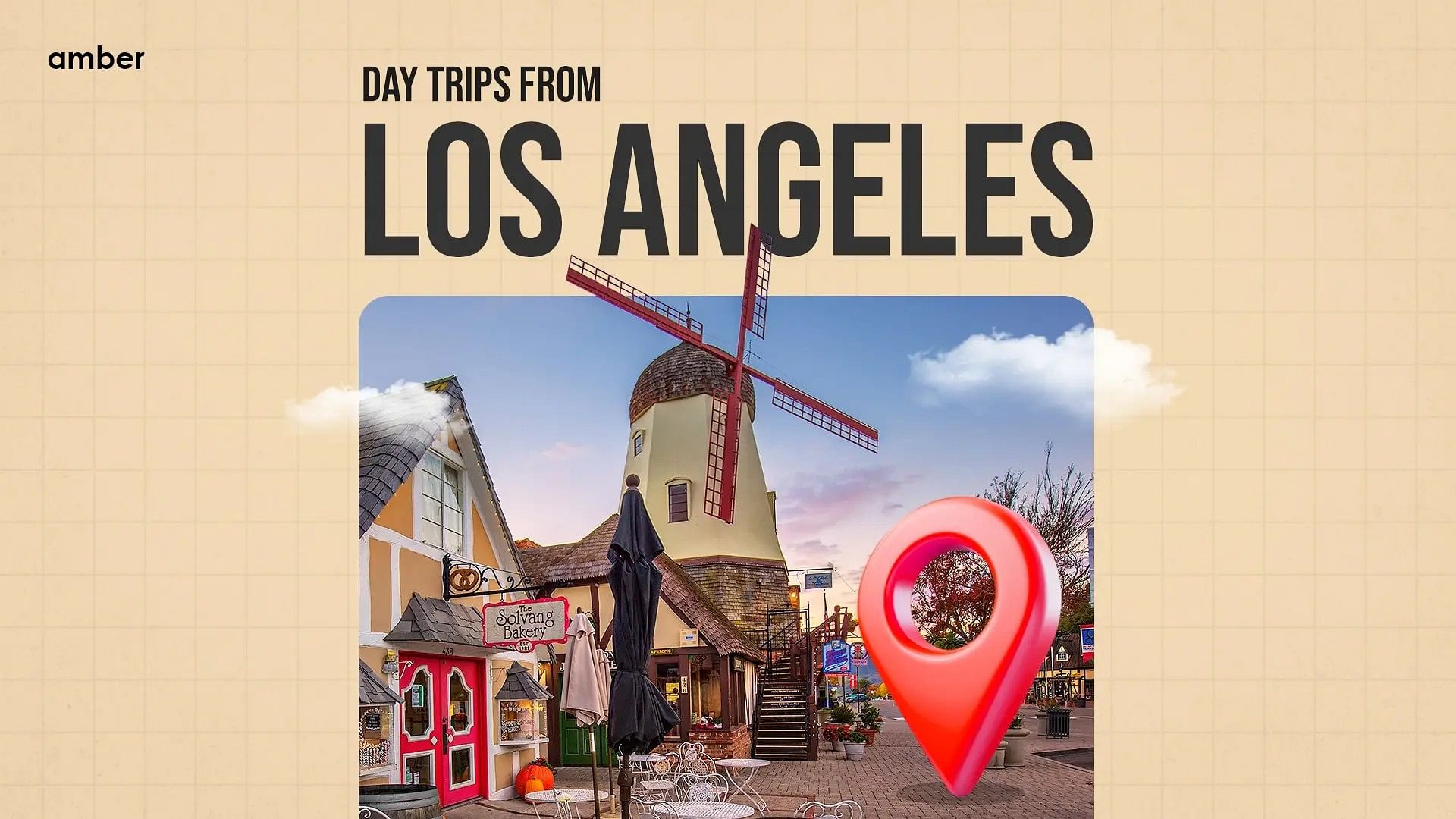
.webp)


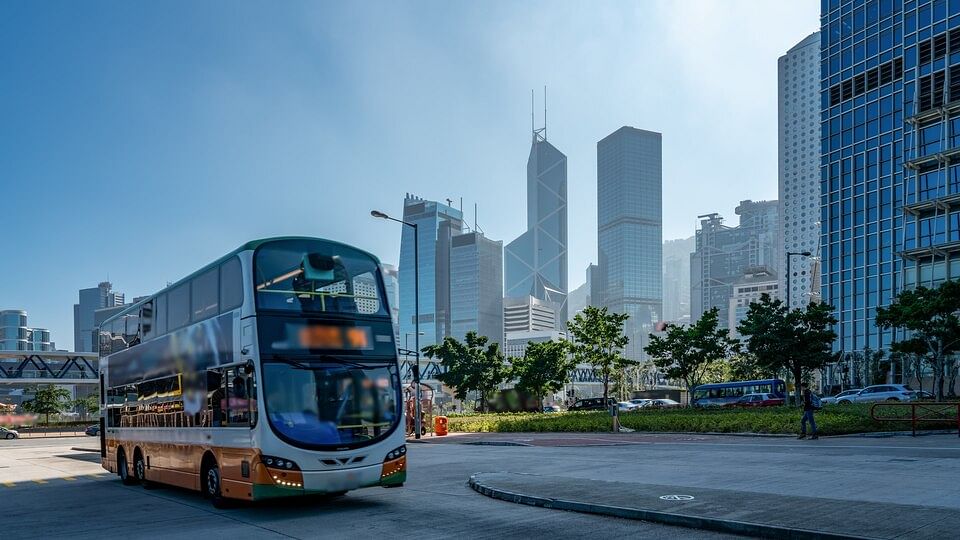

.jpg)
.jpg)
